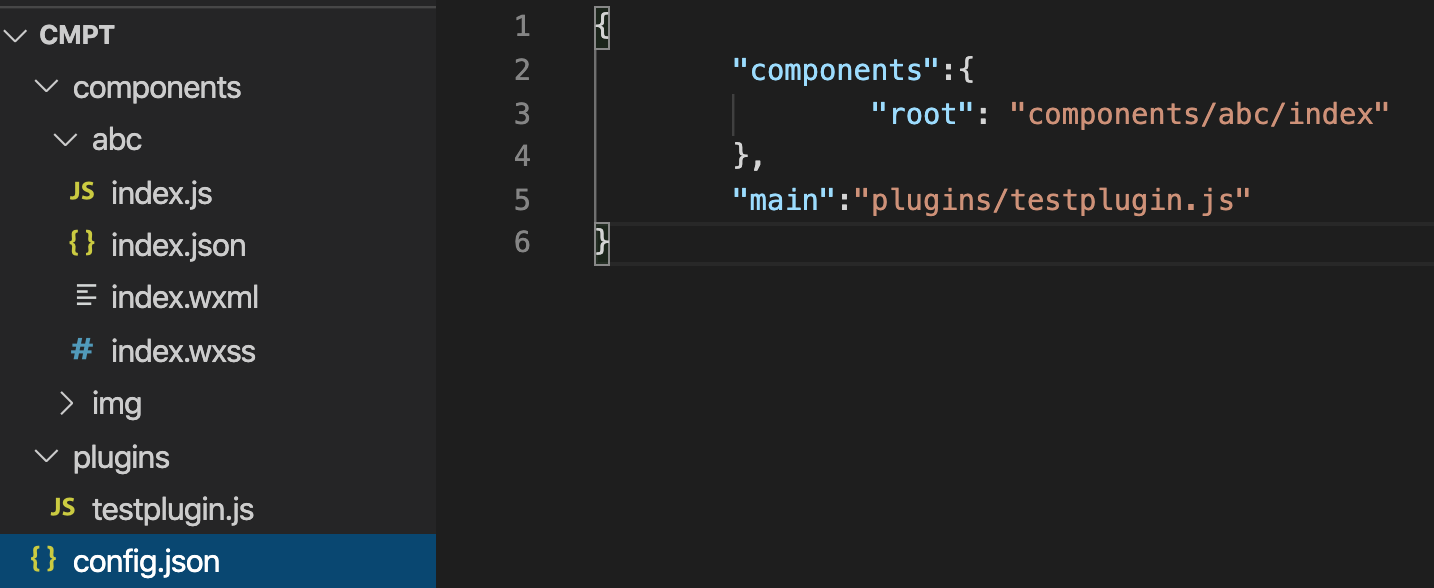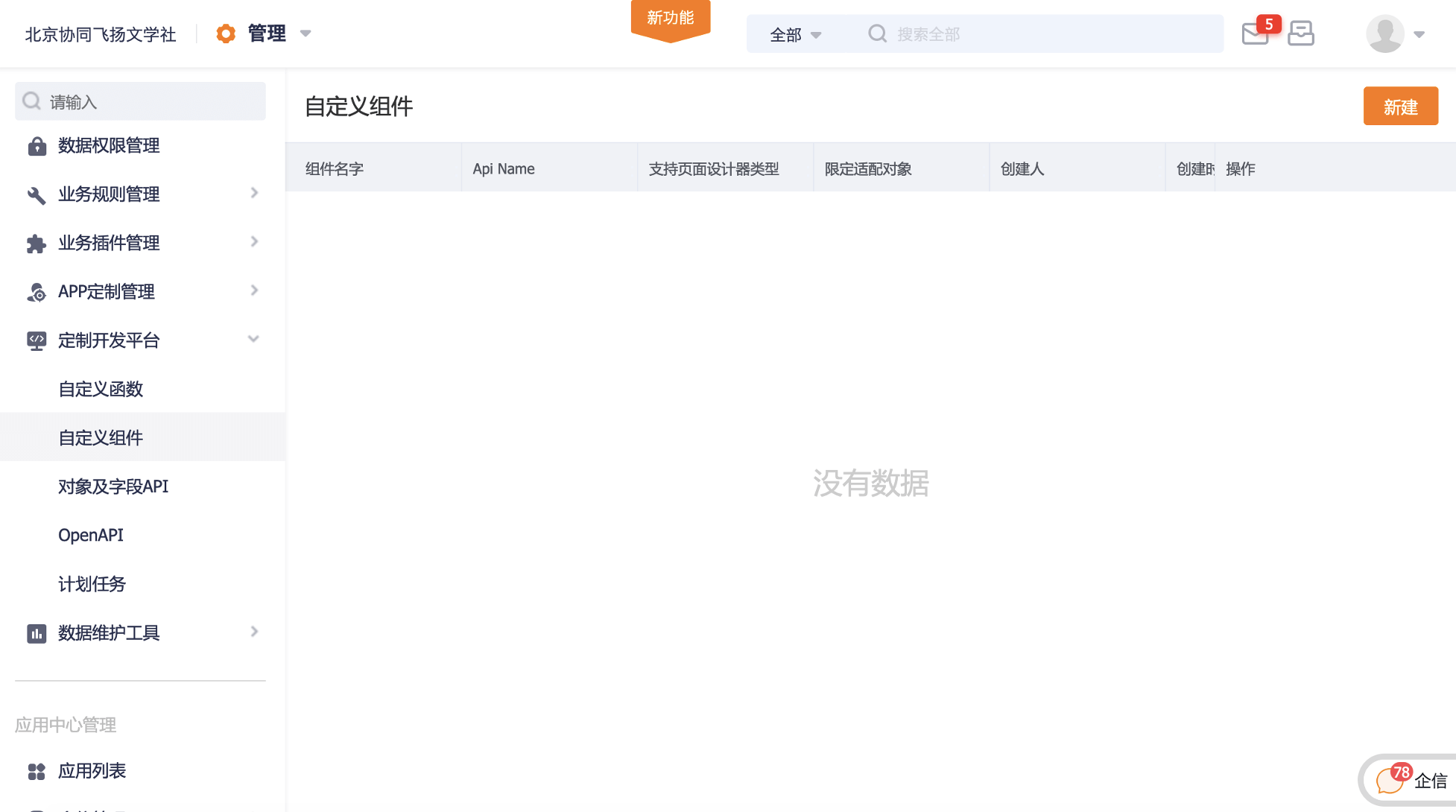# Develop the first applet custom component
Mini Program custom components are developed using WeChat Mini Programs, if you:
With experience in small program development, you can directly start developing custom components.
If you have not used Mini Programs before, it is recommended to simply learn about Mini Programs ( Mini Program Development Documentation) (opens new window)) before reading this manual.
# Component configuration introduction
Template download link (opens new window), you can directly modify the relevant configuration.
# 1. There must be a config.json configuration file in the file directory
config.json
{
"components":{
"root": "components/demo/index"
},
"main":""
}
Among them, components written by yourself are placed in components, and multiple components can be uploaded at the same time;
main is an externally exposed plugin component that supports platform-side extensions;
There is no restriction on the directory name or location of the components and plugin files written by yourself;
# 2. Write a simple applet component
demo/index.wxml:
<view class="container">
<view>小程序自定义组件--lego</view>
</view>
demo/index.wxss:
.container{
width: 300px;
height: 100%;
background:orange;
}
demo/index.js:
Component({
methods:{
},
lifetimes:{
attached() {
console.log("attached")
}
}
});
demo/index.json:
{
"component": true,
"usingComponents": {}
}
# 3. Upload preparation
Directly compress and package the folder where the written components are located, and prepare to upload.
As shown below, package the cmpt folder directly:

# Component upload introduction
# Step 1: Find the "Custom Components" management interface in the management background, click "New" and upload the file


# Step 3: In the mobile layout designer, find the "Custom Components" toolbox, you can see the component, and drag it into the page layout

# Step 4: In the front-end interface, you can see the interface after the "first custom component" is loaded

